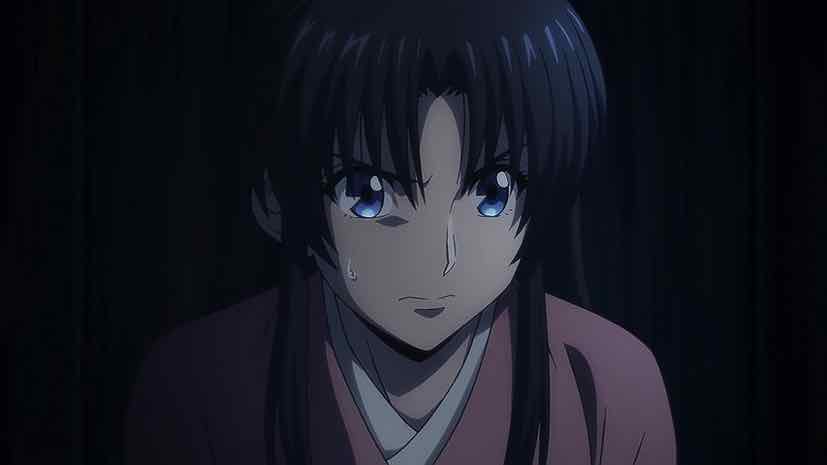 We’ve reached the point now where I’ve stopped worrying about the quality of this version of Rurouni Kenshin. The manga is one of the best shounen ever, superb now but not a patch on what it will be later. So that element was never in question – if the adaptation got it right, the anime would be great too. This team clearly knows what they have and how to use it, and Lidenfilms has basically by now put to rest any questions about their production capability. The Kurogasa arc was the first real test in the sense of foreshadowing what was to come both in style and substance, and Yamamoto Hideyo and his team nailed it.
We’ve reached the point now where I’ve stopped worrying about the quality of this version of Rurouni Kenshin. The manga is one of the best shounen ever, superb now but not a patch on what it will be later. So that element was never in question – if the adaptation got it right, the anime would be great too. This team clearly knows what they have and how to use it, and Lidenfilms has basically by now put to rest any questions about their production capability. The Kurogasa arc was the first real test in the sense of foreshadowing what was to come both in style and substance, and Yamamoto Hideyo and his team nailed it.
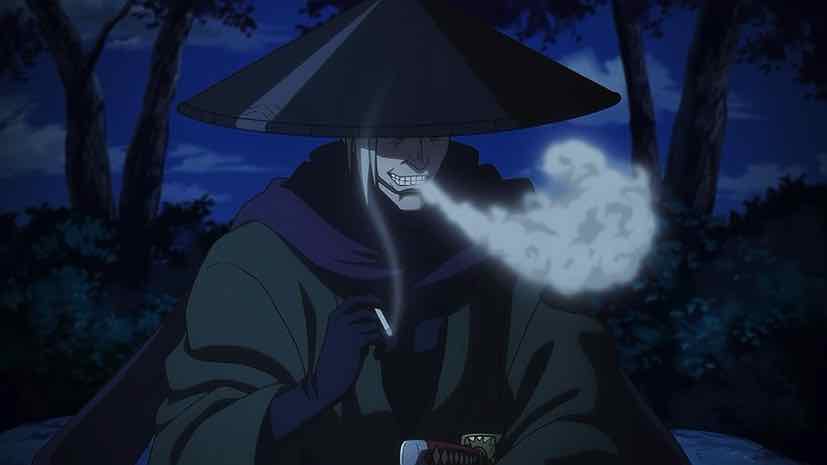 The only question, then, is length. This has been great, but it only really matters if we get to “Kyoto” – the greatest arc in battle shounen, maybe – and “Jinchu”, unadapted in the first version. So far we’re moving at the rate of two chapters per episode, and nothing is being skipped or significantly shifted around. At that pace we’d get just to the very beginning of the Kyoto Arc this season (which is 24 episodes). I would expect just a tease of what’s to come in the finale – and as I’ve said, this reboot seems to make no sense if Kyoto and Jinchu aren’t part of it. But until we know, we don’t know. And 20-plus years of scar tissue as a RuroKen fan isn’t easily ignored.
The only question, then, is length. This has been great, but it only really matters if we get to “Kyoto” – the greatest arc in battle shounen, maybe – and “Jinchu”, unadapted in the first version. So far we’re moving at the rate of two chapters per episode, and nothing is being skipped or significantly shifted around. At that pace we’d get just to the very beginning of the Kyoto Arc this season (which is 24 episodes). I would expect just a tease of what’s to come in the finale – and as I’ve said, this reboot seems to make no sense if Kyoto and Jinchu aren’t part of it. But until we know, we don’t know. And 20-plus years of scar tissue as a RuroKen fan isn’t easily ignored.
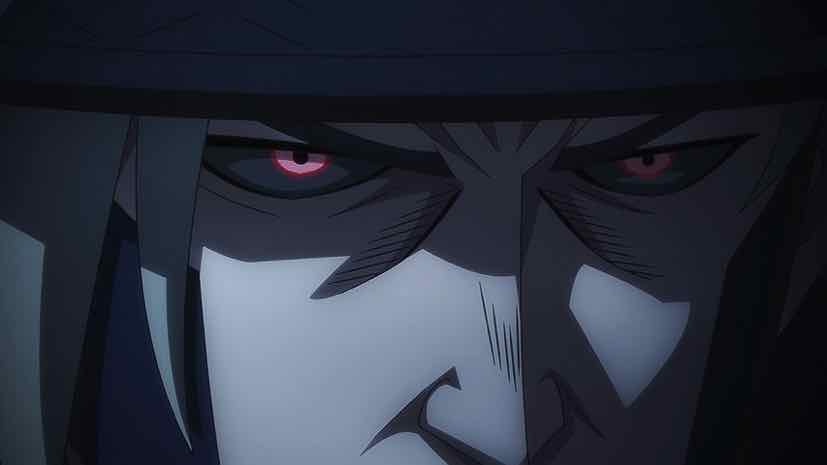 Again, this mini-arc is quite important for multiple reasons. It’s more akin what the butter zone of the manga is like that anything that preceded it, that’s for certain, and it foreshadows some important twists and turns in the plot. Karou’s selfishness (let’s call a spade of spade) has put Kenshin in a really untenable spot. She still doesn’t get it – Kurogasa isn’t looking for an edge against Kenshin. He’s only interested in fighting the hitoriki, the legendary manslayer – not some half-assed rurouni with a sakabatou. And she’s given him the means to do so – her life, which Kenshin can be pushed to sacrifice his ideals in order to save.
Again, this mini-arc is quite important for multiple reasons. It’s more akin what the butter zone of the manga is like that anything that preceded it, that’s for certain, and it foreshadows some important twists and turns in the plot. Karou’s selfishness (let’s call a spade of spade) has put Kenshin in a really untenable spot. She still doesn’t get it – Kurogasa isn’t looking for an edge against Kenshin. He’s only interested in fighting the hitoriki, the legendary manslayer – not some half-assed rurouni with a sakabatou. And she’s given him the means to do so – her life, which Kenshin can be pushed to sacrifice his ideals in order to save.
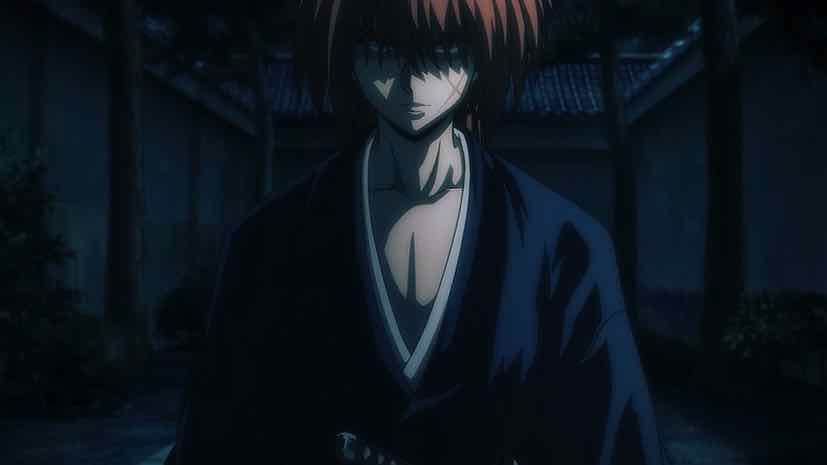 There’s actually a bit of original material here – Jin-e flashing back to his first encounter with Kenshin during his Shinsengumi days – and it fits pretty seamlessly. Kenshin killed three of Jin-e’s comrades that day, and what the young Jin-e saw was the gap between himself and that manslayer. We already knew Kurogasa was never really driven by ideals or loyalty – but something like that is another matter. The Battousai was the ideal of what a hitoriki should be, and Jin-e has been chasing that ideal ever since (as twisted as that is).
There’s actually a bit of original material here – Jin-e flashing back to his first encounter with Kenshin during his Shinsengumi days – and it fits pretty seamlessly. Kenshin killed three of Jin-e’s comrades that day, and what the young Jin-e saw was the gap between himself and that manslayer. We already knew Kurogasa was never really driven by ideals or loyalty – but something like that is another matter. The Battousai was the ideal of what a hitoriki should be, and Jin-e has been chasing that ideal ever since (as twisted as that is).
 Jin-e’s Shin no Ippo is indeed a form of hypnosis – on others, or on himself. His tactic here is to use a full-blown version on Kaoru, restricting not just her voluntary movements but involuntary (like breathing) too. That means of course that she’ll die – unless he does first. Very convenient that, from Jin-e’s perspective. Until Kenshin turns his blade and becomes the hitoriki he was, Kurogasa doesn’t get the opponent he’s effectively condemned himself (more on that shortly) in order to take on. He manages to get a blow in on Kenshin in fact, wounding him in the shoulder. But that seems to do little more than focus Kenshin’s attention, and he assures Jin-e that once he’s decided to kill him, there’s no uncertainty about it.
Jin-e’s Shin no Ippo is indeed a form of hypnosis – on others, or on himself. His tactic here is to use a full-blown version on Kaoru, restricting not just her voluntary movements but involuntary (like breathing) too. That means of course that she’ll die – unless he does first. Very convenient that, from Jin-e’s perspective. Until Kenshin turns his blade and becomes the hitoriki he was, Kurogasa doesn’t get the opponent he’s effectively condemned himself (more on that shortly) in order to take on. He manages to get a blow in on Kenshin in fact, wounding him in the shoulder. But that seems to do little more than focus Kenshin’s attention, and he assures Jin-e that once he’s decided to kill him, there’s no uncertainty about it.
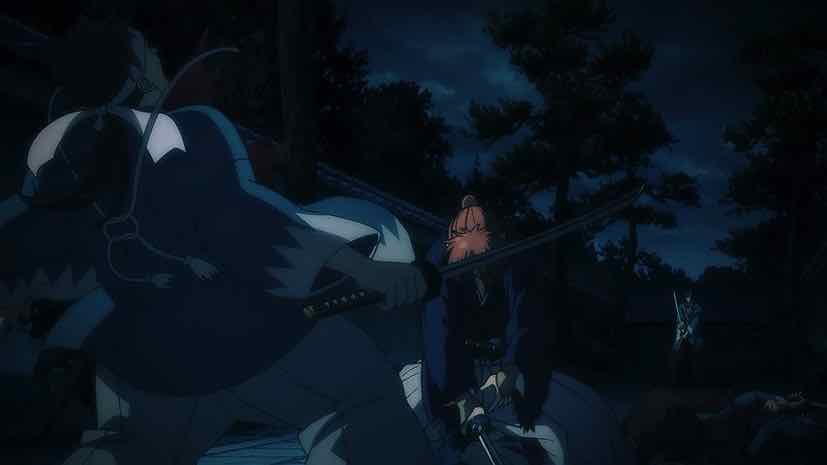 This can’t be overstressed – Kenshin is prepared to kill Kurogasa in order to save Kaoru. The hitoriki he’s running away from is still inside him – I don’t think Kenshin ever doubted it, but this removes that possibility. His eyes, his speech pattern, all change once Jin-e has flips his switch. It’s only because Kaoru (like Sanosuke) has the strength of will to break the hypnosis herself that Kenshin’s hand is stayed. But not before he gives Kurogasa a taste of the skill that gave the battousai his name – battoujutsu, the ultimate expression of the God-like speed at the heart of Hiten Mitsurugi Ryuu. With it Kenshin shatters Jin-E’s elbow, ending his career as a master swordsman. The next blow would have ended his life.
This can’t be overstressed – Kenshin is prepared to kill Kurogasa in order to save Kaoru. The hitoriki he’s running away from is still inside him – I don’t think Kenshin ever doubted it, but this removes that possibility. His eyes, his speech pattern, all change once Jin-e has flips his switch. It’s only because Kaoru (like Sanosuke) has the strength of will to break the hypnosis herself that Kenshin’s hand is stayed. But not before he gives Kurogasa a taste of the skill that gave the battousai his name – battoujutsu, the ultimate expression of the God-like speed at the heart of Hiten Mitsurugi Ryuu. With it Kenshin shatters Jin-E’s elbow, ending his career as a master swordsman. The next blow would have ended his life.
 “A hitoriki is only that until he dies”. This is the spectre that haunts Kenshin no matter how far he roams, which Kaoru’s actions have forced him to confront head-on. This is his greatest fear, not knowing whether one who’s done what he has and been who he was can truly change. Truly leave the past behind him. Especially since so much of the world seems intent on dragging that beast inside him out into the open. This is the world Kenshin the rurouni lives in – one where the ideals of revolution have rotted on the vine and the roots of corruption and betrayal run deep beneath the new Japan.
“A hitoriki is only that until he dies”. This is the spectre that haunts Kenshin no matter how far he roams, which Kaoru’s actions have forced him to confront head-on. This is his greatest fear, not knowing whether one who’s done what he has and been who he was can truly change. Truly leave the past behind him. Especially since so much of the world seems intent on dragging that beast inside him out into the open. This is the world Kenshin the rurouni lives in – one where the ideals of revolution have rotted on the vine and the roots of corruption and betrayal run deep beneath the new Japan.
 Jin-e is certainly a part of this. His reveal that he was killing on the orders of a revolutionary official is a crucial one. It explains why Jin-e knew he had no future once he abandoned his target in favor of Kenshin. It also makes it clear to Kenshin that the rot inside the new order is not a thing he can forever ignore. This was a crucial part of the story to get right, and this adaptation really did – including visually. The true nature of Kenshin’s God-like speed really comes across here, as do both the separation between Jin-e and anyone else Kenshin has faced and the further gap between the two of them. In a sense everything up to here has been prologue, and this is the beginning of the true tale of Rurouni Kenshin.
Jin-e is certainly a part of this. His reveal that he was killing on the orders of a revolutionary official is a crucial one. It explains why Jin-e knew he had no future once he abandoned his target in favor of Kenshin. It also makes it clear to Kenshin that the rot inside the new order is not a thing he can forever ignore. This was a crucial part of the story to get right, and this adaptation really did – including visually. The true nature of Kenshin’s God-like speed really comes across here, as do both the separation between Jin-e and anyone else Kenshin has faced and the further gap between the two of them. In a sense everything up to here has been prologue, and this is the beginning of the true tale of Rurouni Kenshin.


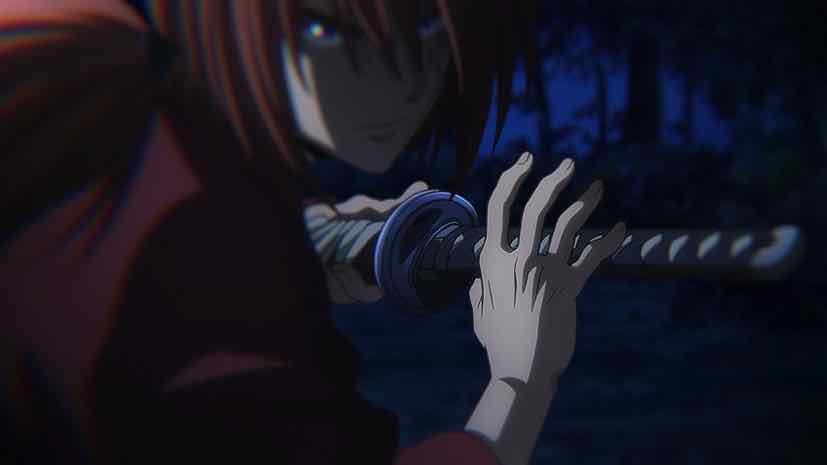
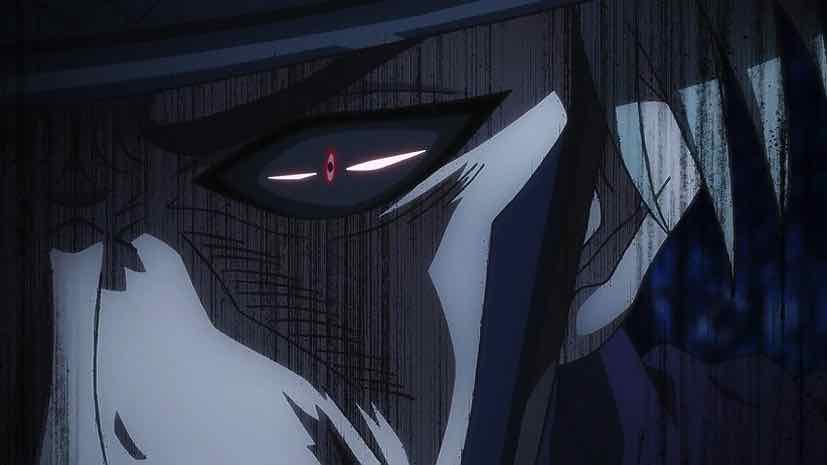
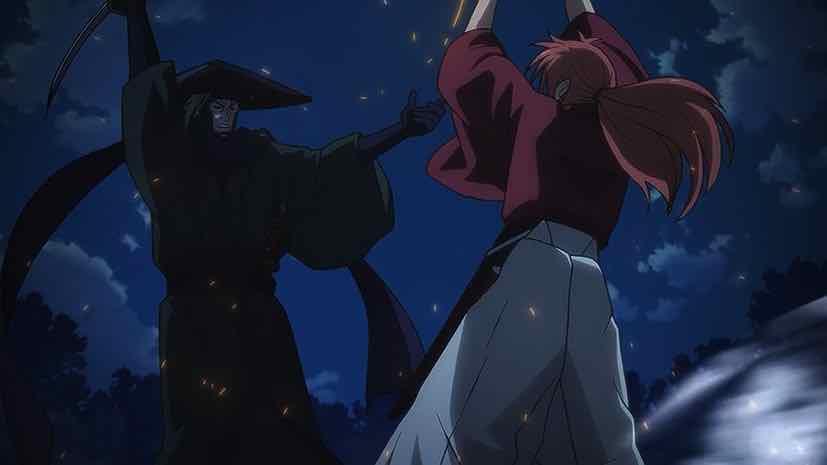

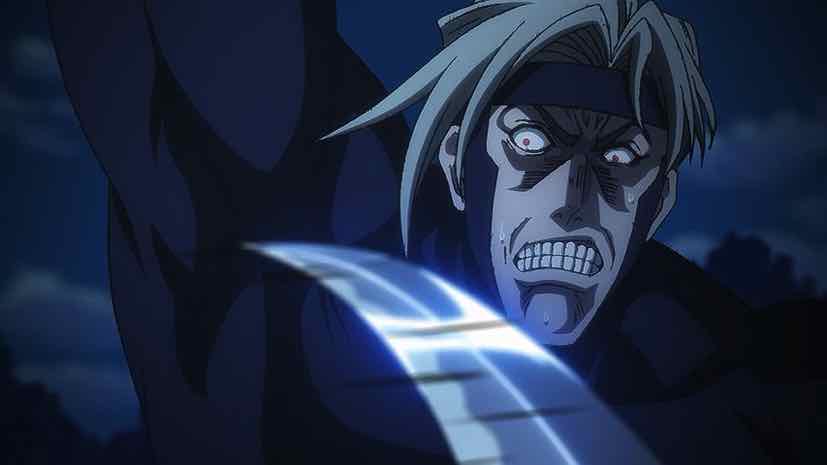


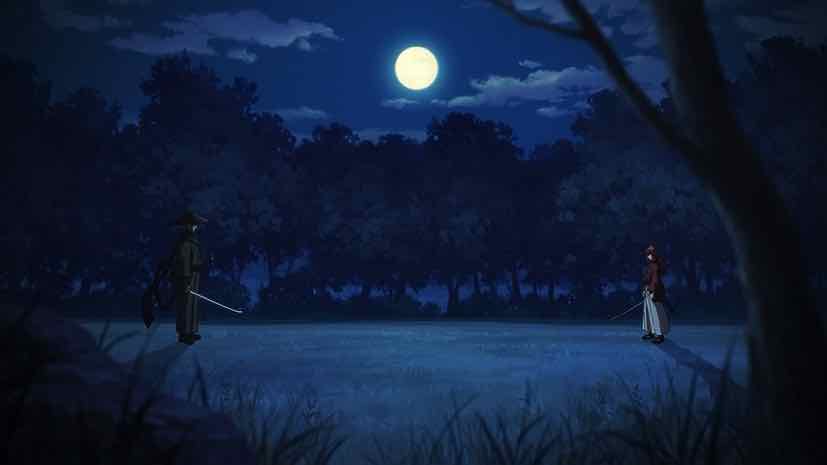

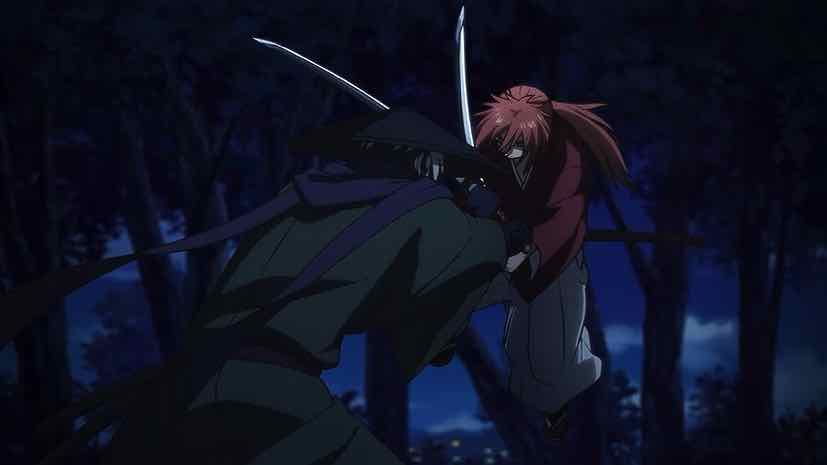
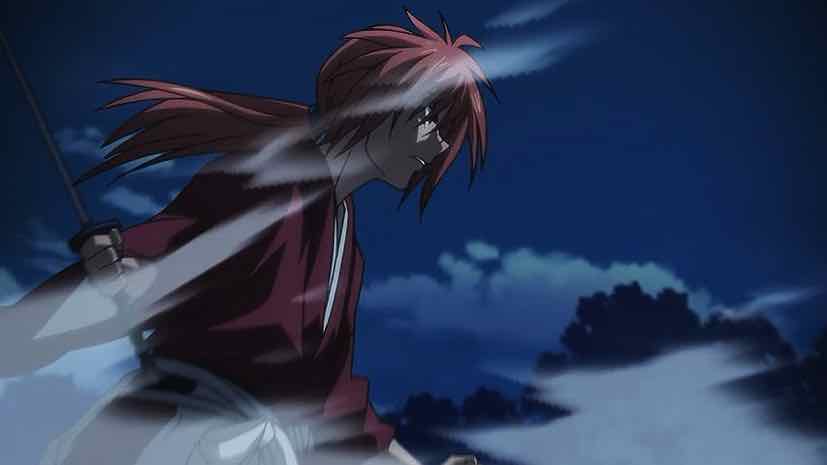
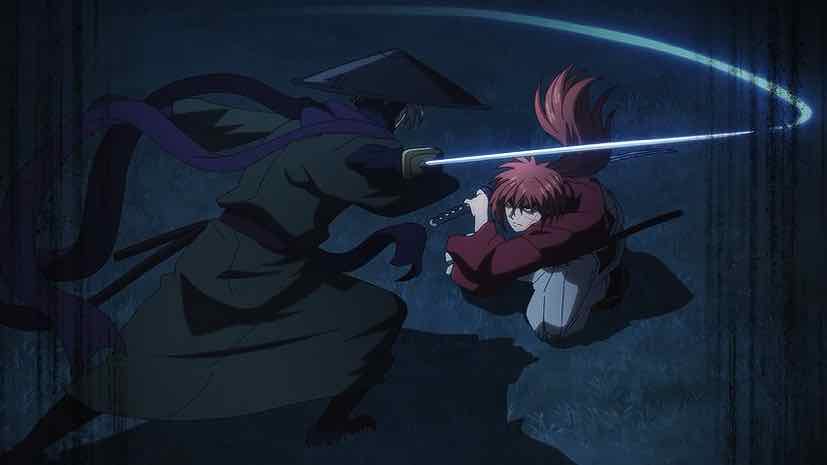

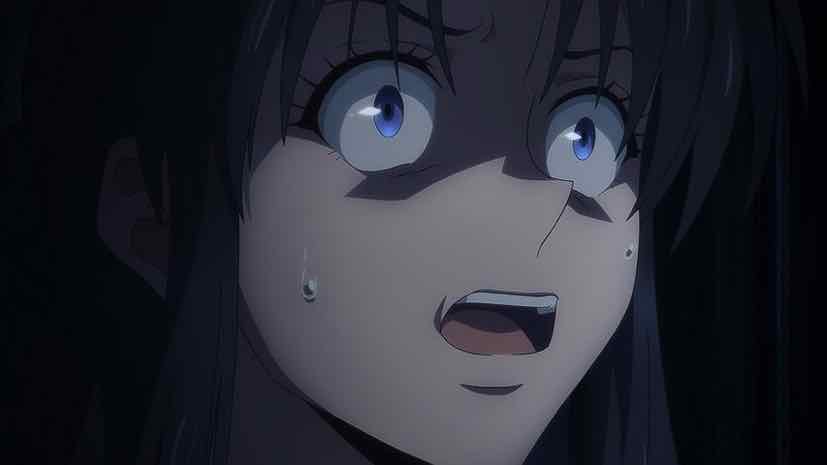
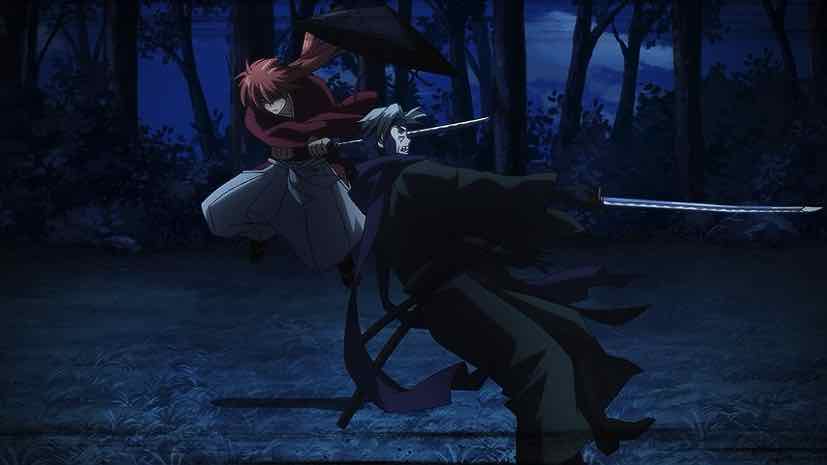
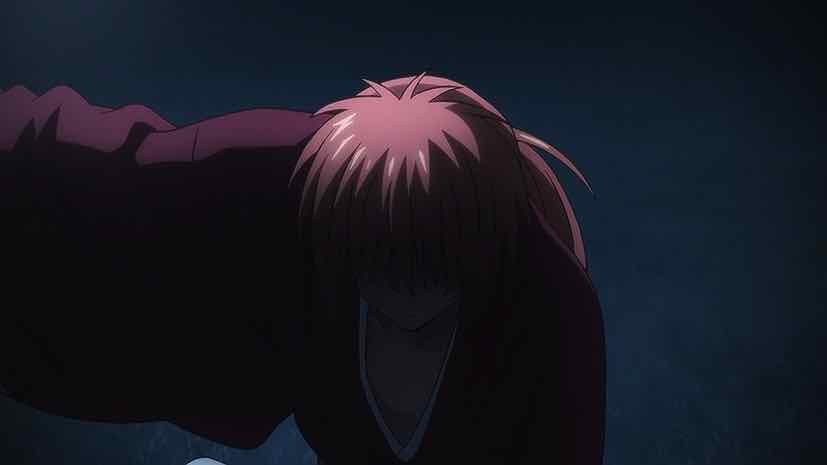
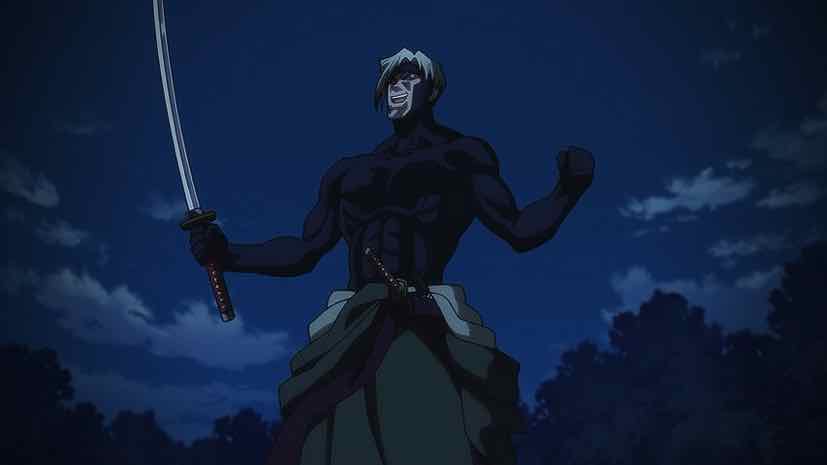
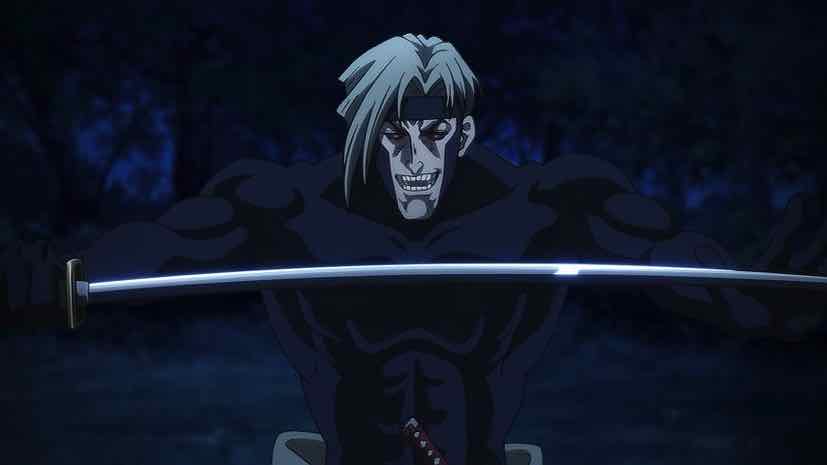
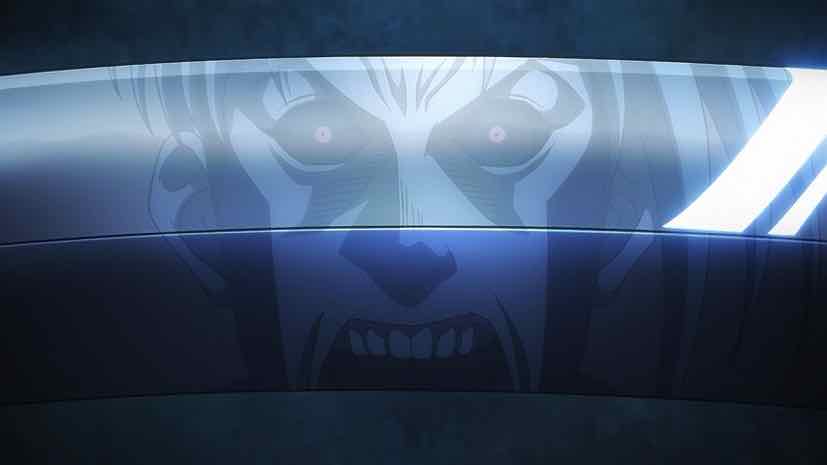
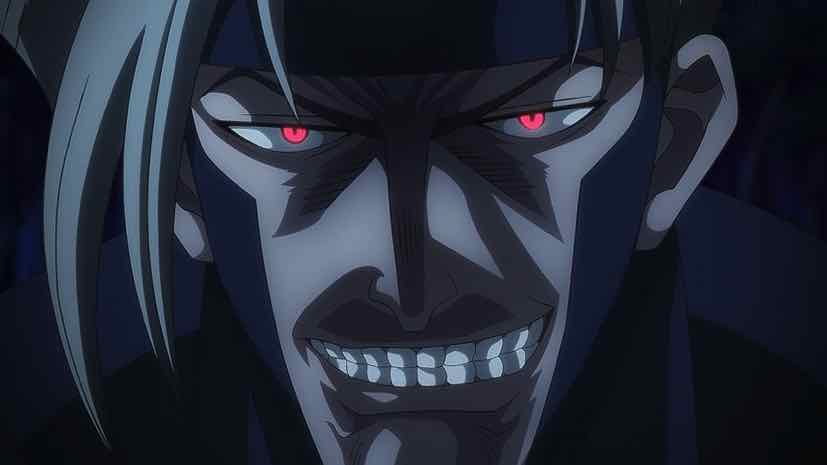

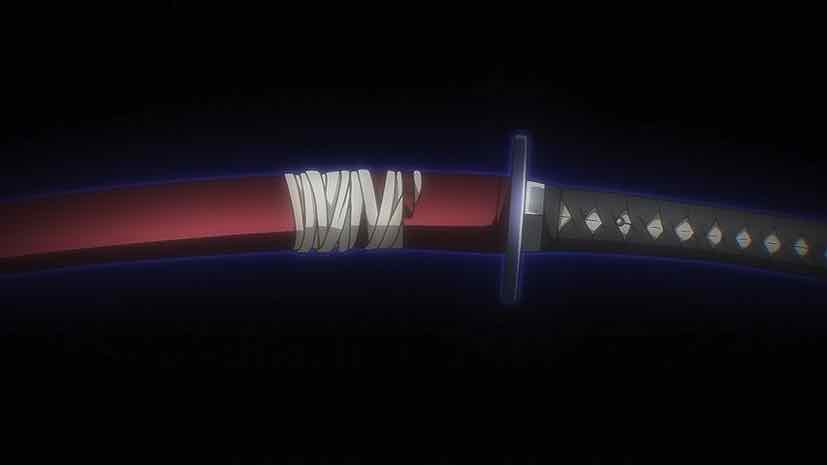
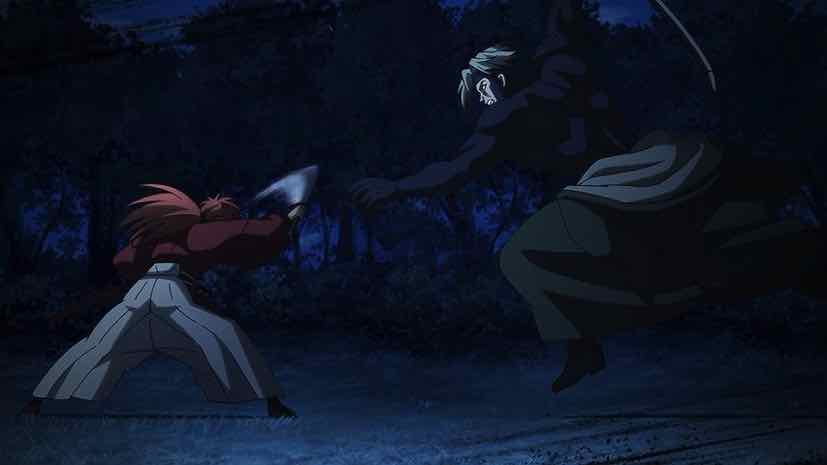
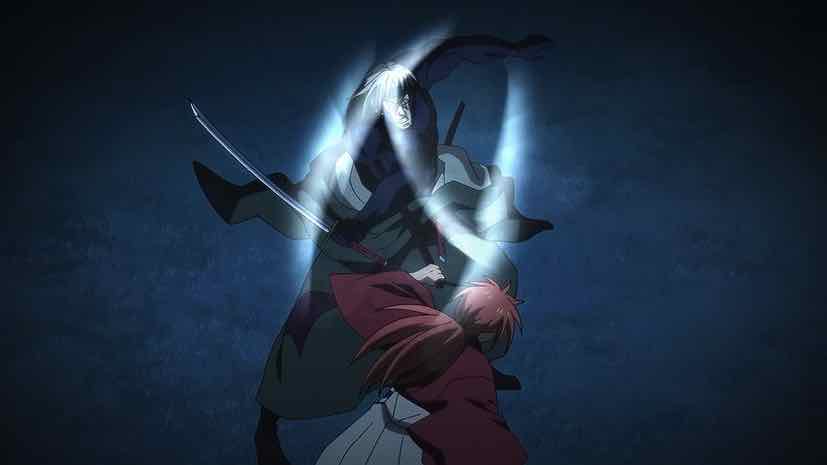
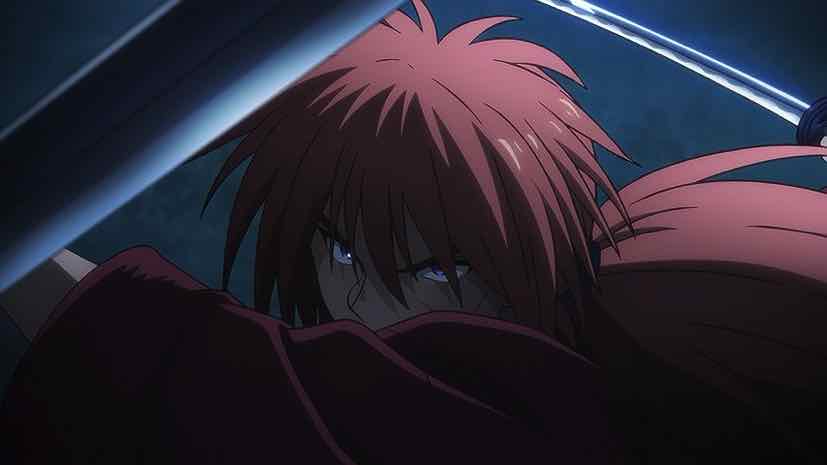

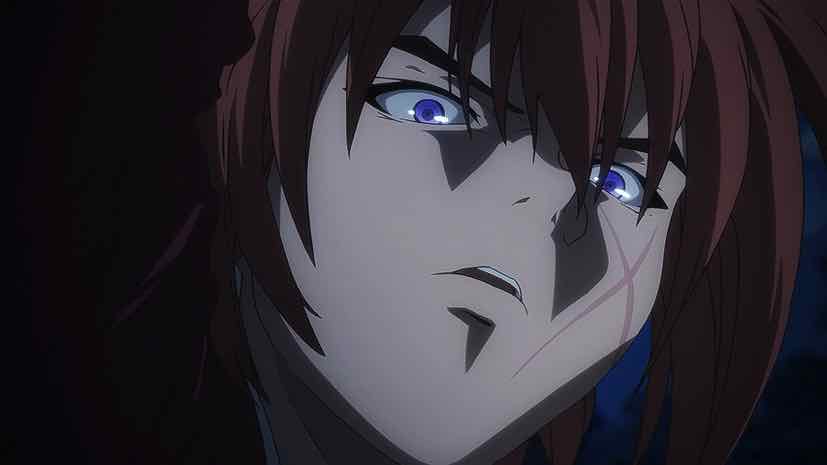

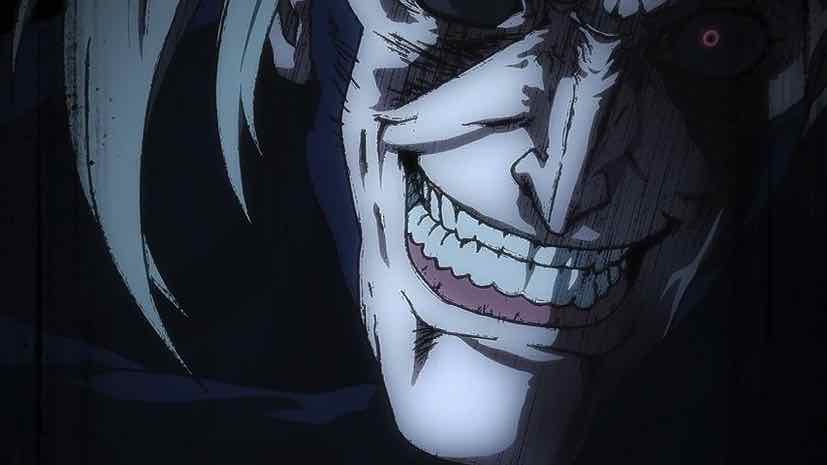

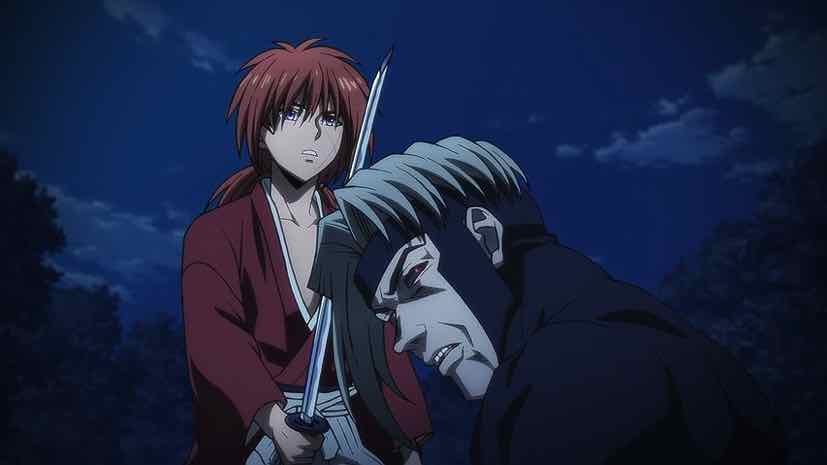
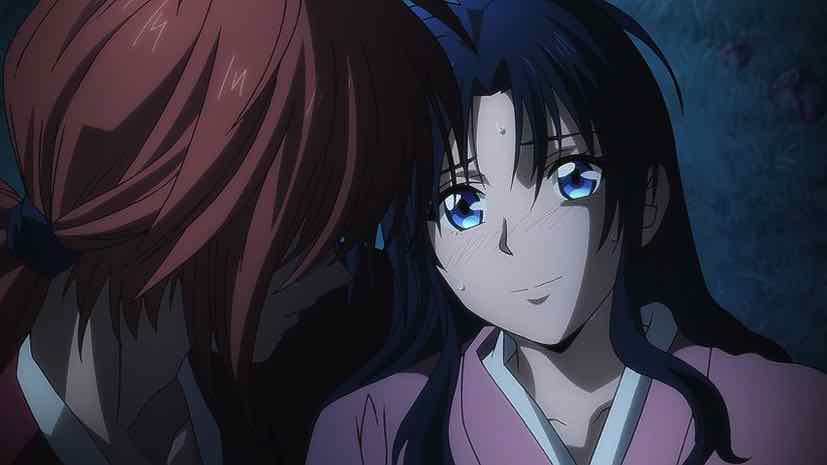
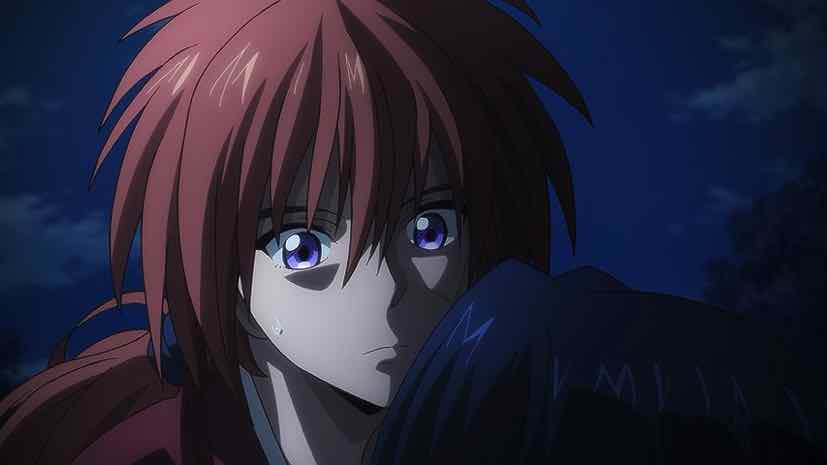
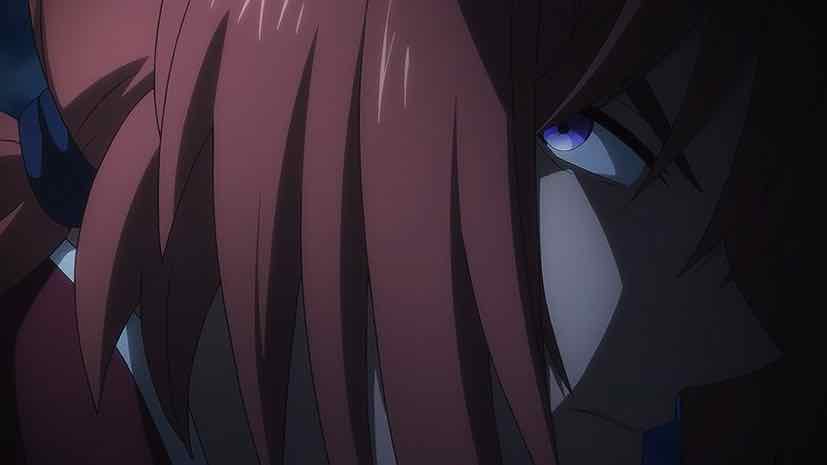
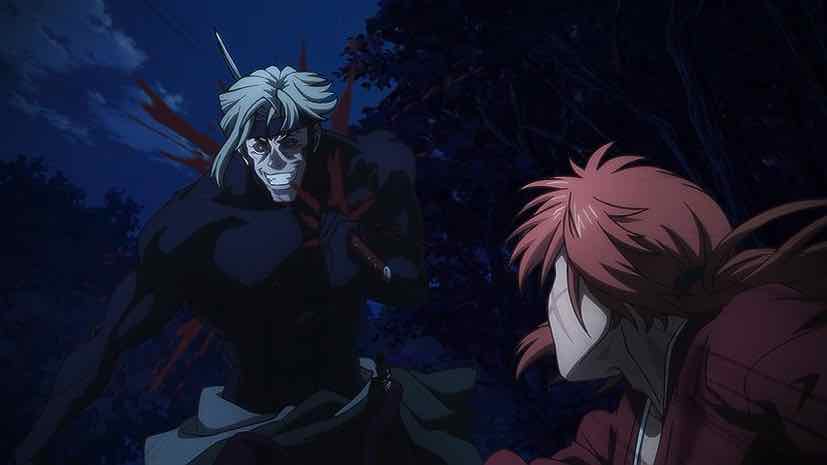



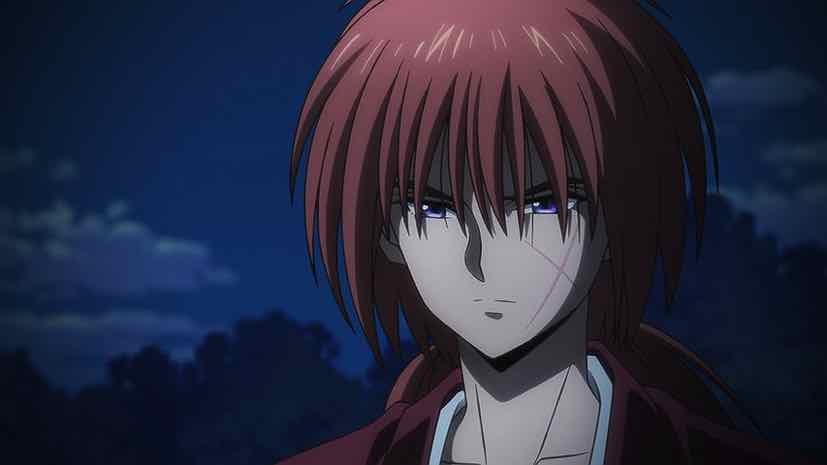
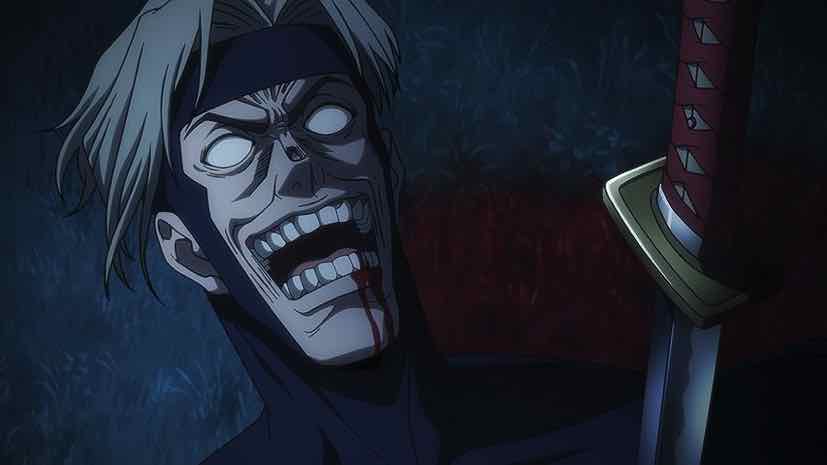
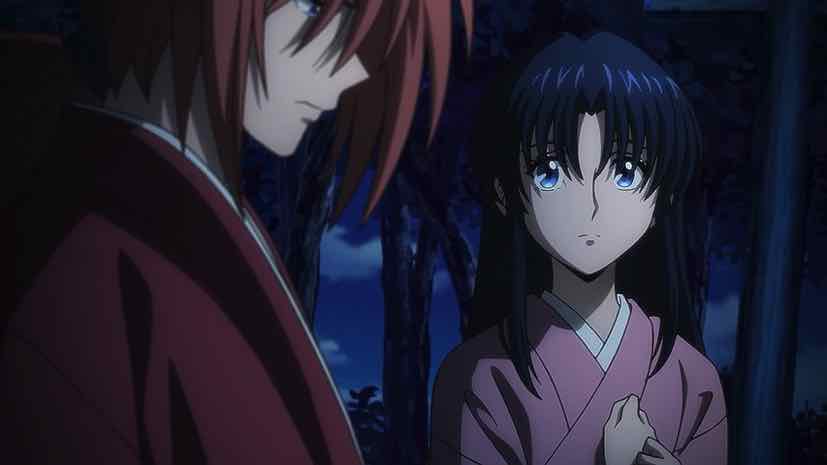
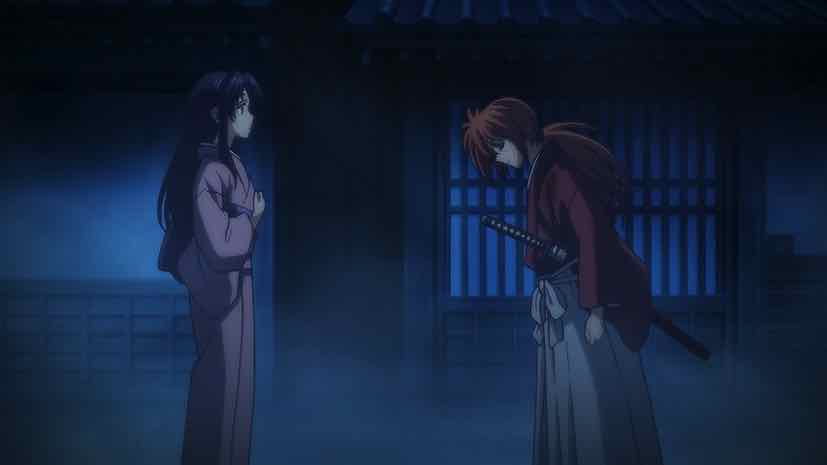
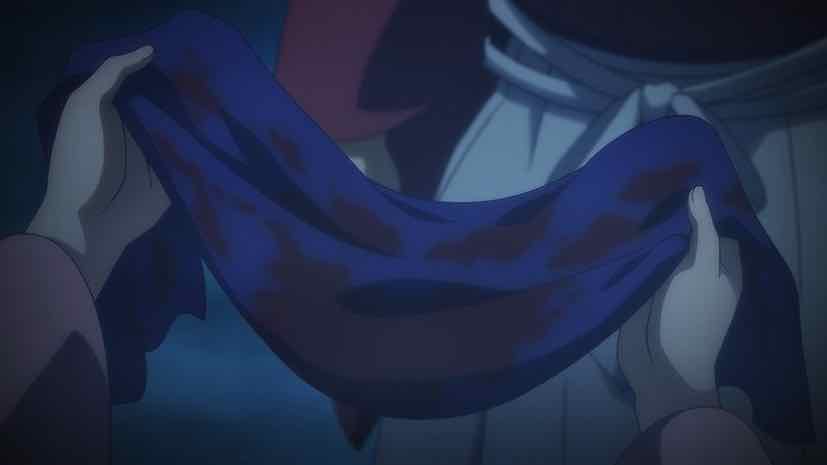


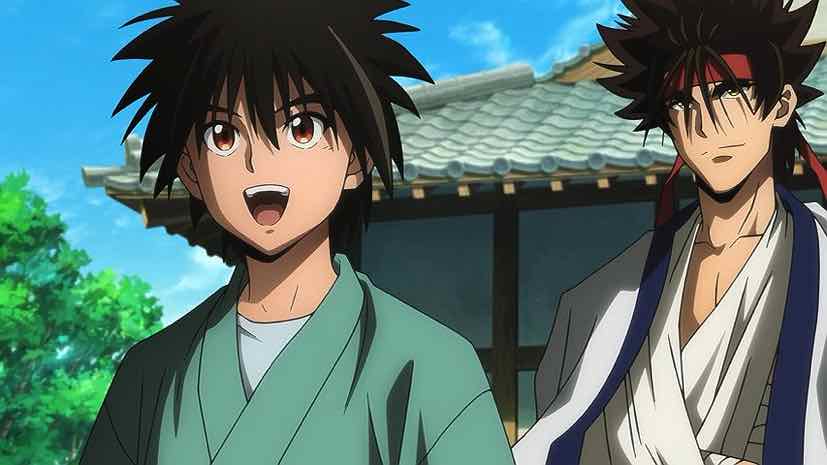
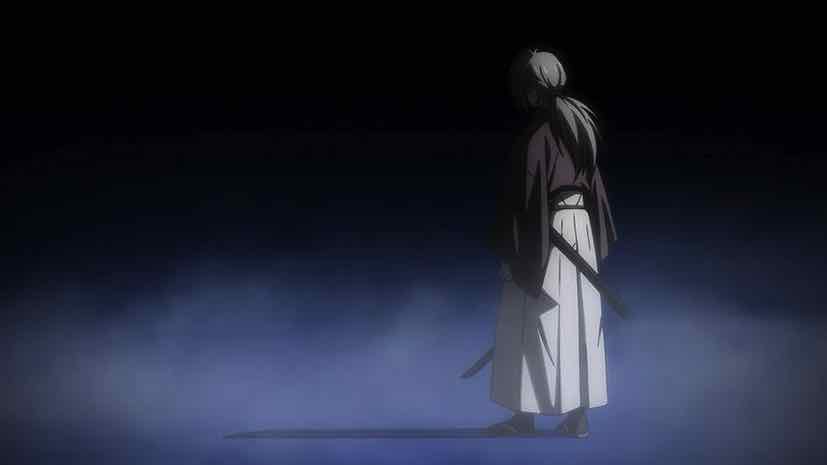
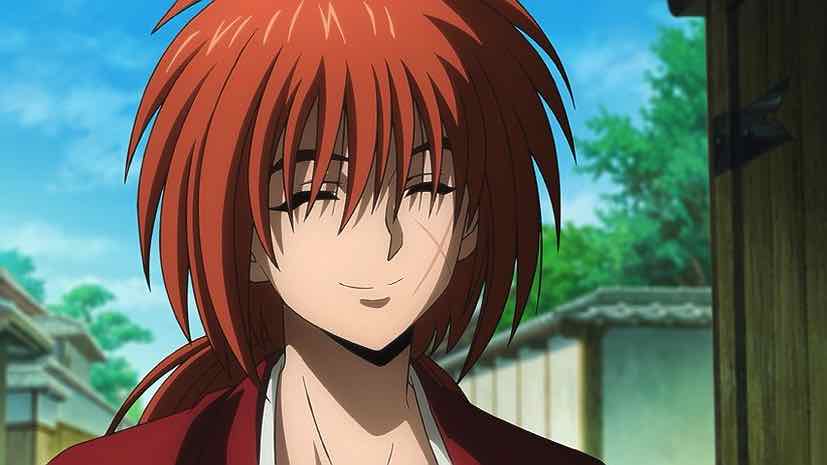
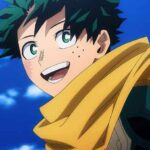

Raikou
August 20, 2023 at 8:43 pmOne-off villain but Kurogasa is really effective as a character. He’s really pushing Kenshin to admit ‘once a Hitokiri always a Hitokiri’.
I am really glad the adaptation didn’t disappoint.
Guardian Enzo
August 20, 2023 at 9:42 pmHe’s the first important villain of the series, no question.